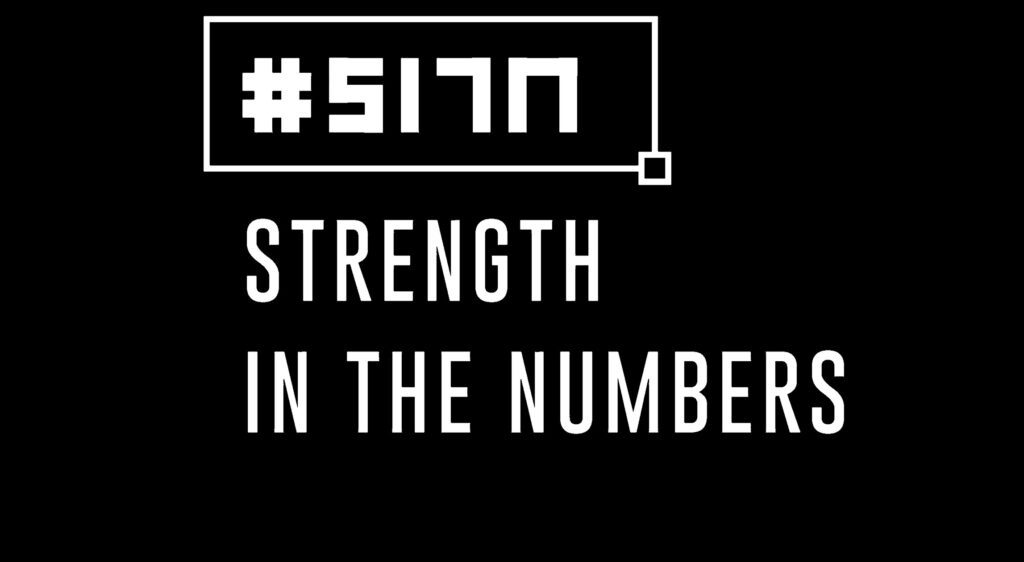
Most people think that business involves decisions around selling more stuff or spending less money, and accountants would typically record the results of these types of activity in a profit and loss or net income statement, but is this enough to ensure enterprises achieve sustained profitable growth?
Well intuitively this type of profit & loss mindset assumes that everything will be just fine if you can make more sales at a mix of higher price and quantity whilst seeking to keep overheads down as you do so. You can recognise these types of businesses in that they are constantly looking for ways to make quicker sales, negotiate savings from suppliers, employ cheaper staff, etc…. and as such these enterprises are often unaware of fundamental flaws in their business models, their product(s) may be commoditised, their value proposition is most likely unclear and they aren’t positioned as a leader in their field or niche however large or small. As finance professionals, we know such a profit and loss mindset is only part of the whole story, because whilst it looks at revenue and expense, it does not question whether a business is competing with the right assets. To improve their chances of success a business also requires a balance sheet mindset.
Enterprises that have this type of mindset about increasing the value of their net assets or equity (i.e. assets less liabilities), have slightly different conversations. They consider how to give their businesses an edge by investing in tangible and intangible assets, like: new systems, developing new products, opening up new channel partnerships or territories, refreshing their brand, filing patents, building out proprietary processes, leveraging or establishing their brand equity, etc… .
The balance sheet mindset is about understanding the right mix of net assets and how they can be best utilised.
Whereas profit and loss driven businesses ignore such assets and simply look for ways to increase revenues selling whatever they have to hand, balance sheet minded businesses are more focused on improving assets and in a previous article I wrote about how income follows assets. Luckily as finance professionals we are very familiar with metrics such as ROA, ROE and ROCE as well as Revenue per employee or Margin per employeewhich are very much in the balance sheet way of thinking.
However, even when businesses have great assets on paper there have still been many established brands that have failed. For instance, fewer than half of the Company names that featured on the 2000 list of the Fortune 500 (the world’s 500 largest companies) are still there today. Just scanning the top of the list (Enron, Compaq, Alcatel, Worldcom, Bell Atlantic, …) prove that having strong balance sheets isn’t always enough, if a business is to have sustainable, profitable growth it needs to also have a cashflow mindset.
The cashflow mindset is one that answers the question of whether we are in the right business.
We know if we’re in the right business because we’re generating net cashflows consistently over time and this comes back to the Net Present Value Formula (NPV) which indicates that to create value overtime we must improve our cash inflows from our assets, reduce any cash leakage and maintain a healthy level of risk-taking.
A cashflow mindset looks at how our profits and working capital movements on the balance sheet translate into cash flows from operations, how we can dispose of non-core assets to free up cash or access new funding to acquire or build better quality assets. Good finance professionals know this and bring these three mindsets together to have three-way thinking.
It a much more joined-up and connected way of thinking, and involves finance professionals applying their training and coming out from behind their desks to meet with stakeholders, understand how their value chain fits together, where the main revenues and expenses are (profit & loss mindset); what the key assets are that drive value and potential liabilities to be aware of (balance sheet mindset); and answer whether or not these decisions and activities translate in to cashflows at an acceptable level of risk in a way that creates value in the form of a positive NPV (cash flow mindset).
One of our previous guest mentors Lance Rubin described an application of this three-way mindset in his approach to three-way modelling in episode #044. And ultimately this is why we invite our finance guest mentors on the Strength in the Numbers Show, to share with you their stories on the things they’ve found that work in practice, they areas they’ve found challenging, their hard one lessons and how they’ve improved so that we in turn can add more value to our organisations by solving meaningful problems for them and in turn have more rewarding, fun and successful careers in finance.
Do you agree the best finance professionals have three-way thinking? How do you create value for your organisation?
The author Andrew Codd is the producer of the Strength in the Numbers Podcast which aims to create more influential finance professionals worldwide who solve meaningful problems for their organisations and in return have fun, rewarding and successful careers in finance.

